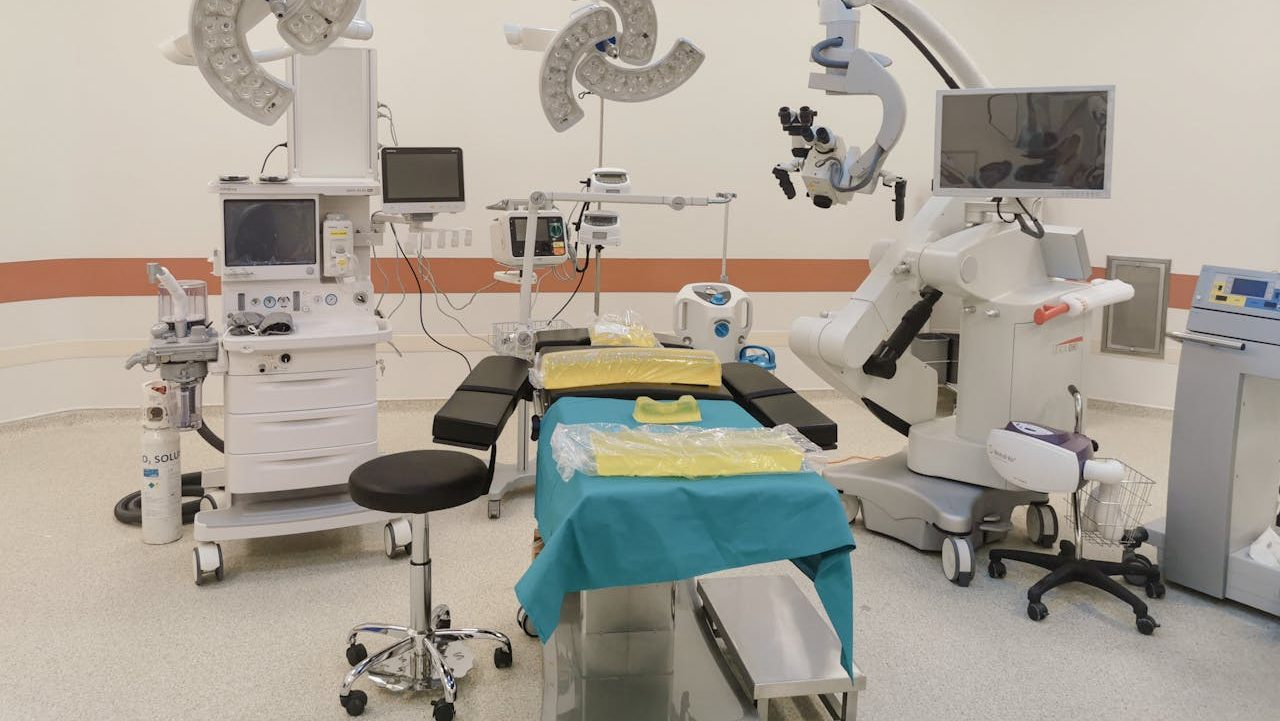SINGAPORE: The global endoscopic closure devices market is projected to experience significant growth, with an expected increase of $825.7 million by 2029, according to a report from Technavio featured in a recent article from Healthcare Asia Magazine.
The market is forecasted to grow at a robust compound annual growth rate (CAGR) of nearly 8%, fueled by a surge in gastrointestinal (GI) conditions and advancements in medical technology.
The increasing prevalence of conditions such as gastrointestinal inflammation, neoplastic fistulae, and perforations is among the key factors driving the demand for endoscopic closure devices.
These devices, including endoscopic clips, suturing systems, and bio-absorbable plugs, provide non-surgical alternatives for sealing wounds caused by leaks, fistulas, abscesses, and arterial bleeding.
Technavio’s report highlights how these endoscopic closure systems are making a significant impact on medical procedures. In particular, they are gaining prominence in endoscopic treatments for cardiac patients and outpatient settings like ambulatory care centres.
By offering effective wound closure without invasive surgery, these systems contribute to faster recovery times, shorter hospital stays, and fewer post-operative complications.
Furthermore, the market’s expansion is being bolstered by a wave of technological innovations. Robotic surgery systems, artificial intelligence, and nanotechnology play pivotal roles in enhancing endoscopic procedures’ precision, efficiency, and outcomes.
These technological advancements are improving the functionality of endoscopic closure devices, making them more effective and easier to use in clinical environments.
In addition to these advancements, developments in imaging technology, tissue granulation, and vacuum-assisted devices are also being explored as ways to optimize patient care.
By improving tissue healing and reducing complications, these innovations will further boost the adoption of endoscopic closure systems across hospitals and outpatient facilities.
The growth of the endoscopic closure devices market reflects the increasing demand for minimally invasive, patient-friendly treatment options.
As healthcare providers adopt cutting-edge technologies, the market is expected to see continued innovation and expansion in the coming years.

